-
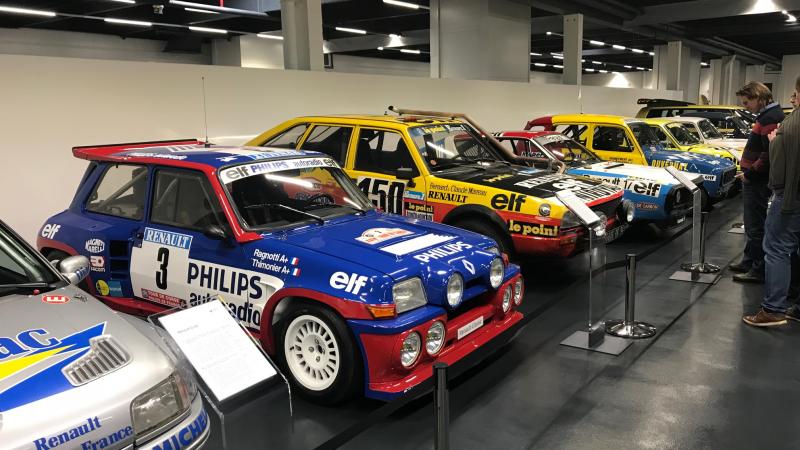 © Greg MacLeman
© Greg MacLeman -
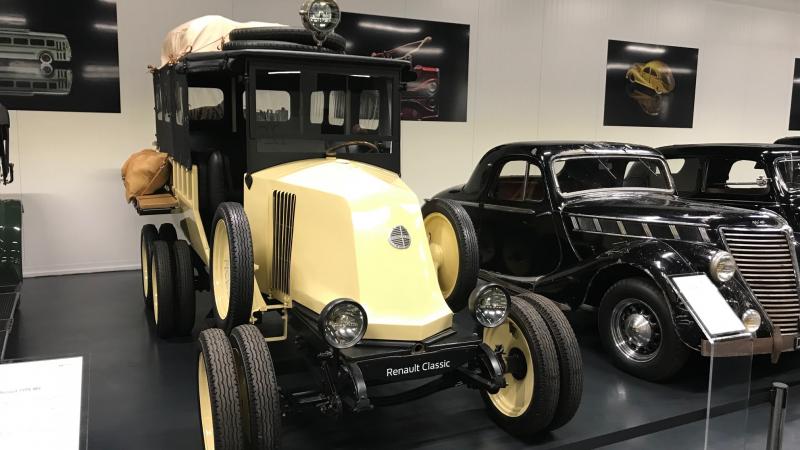 © Greg MacLeman
© Greg MacLeman -
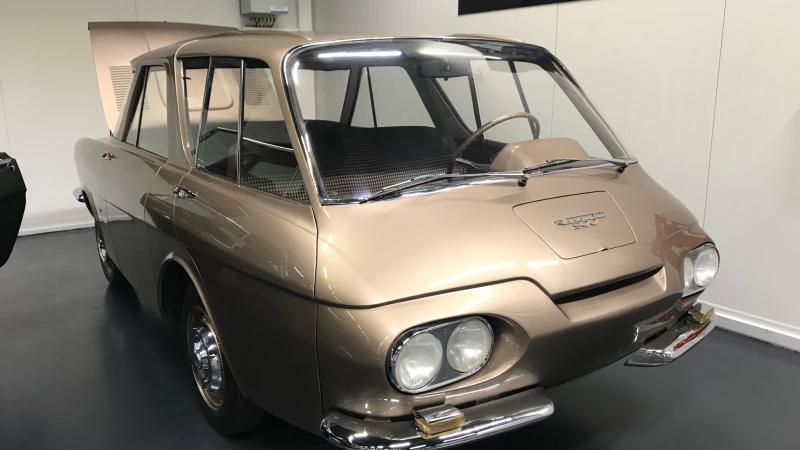 © Greg MacLeman
© Greg MacLeman -
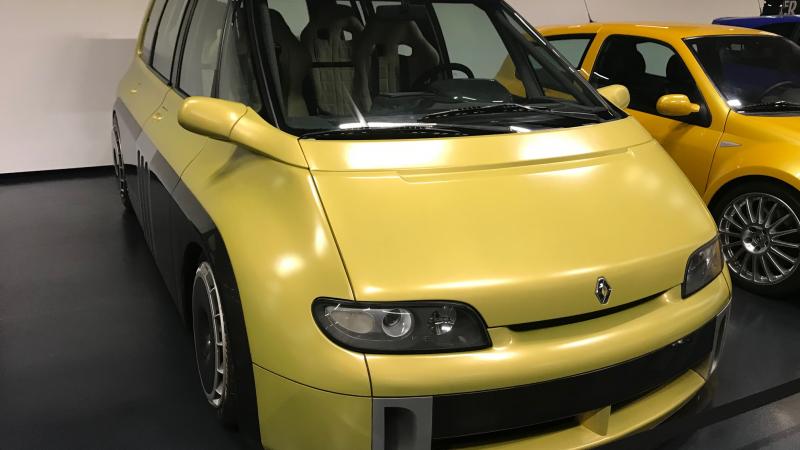 © Greg MacLeman
© Greg MacLeman -
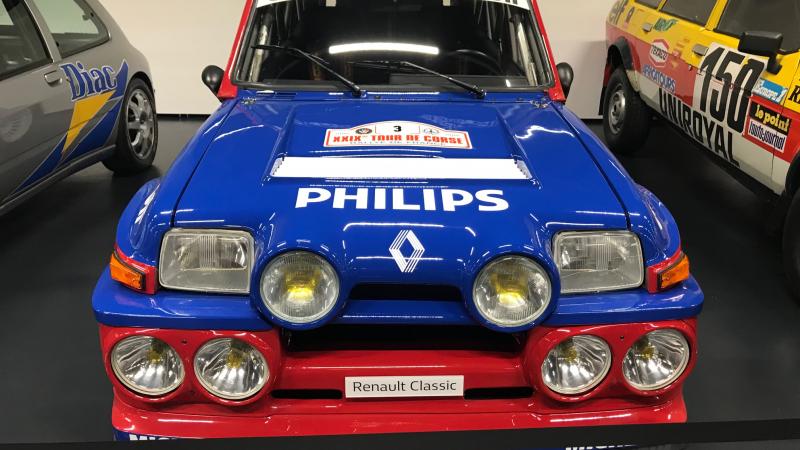 © Greg MacLeman
© Greg MacLeman -
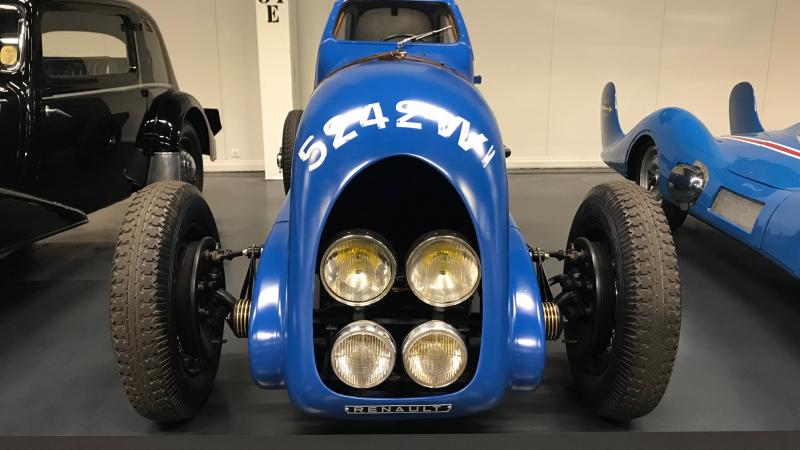 © Greg MacLeman
© Greg MacLeman -
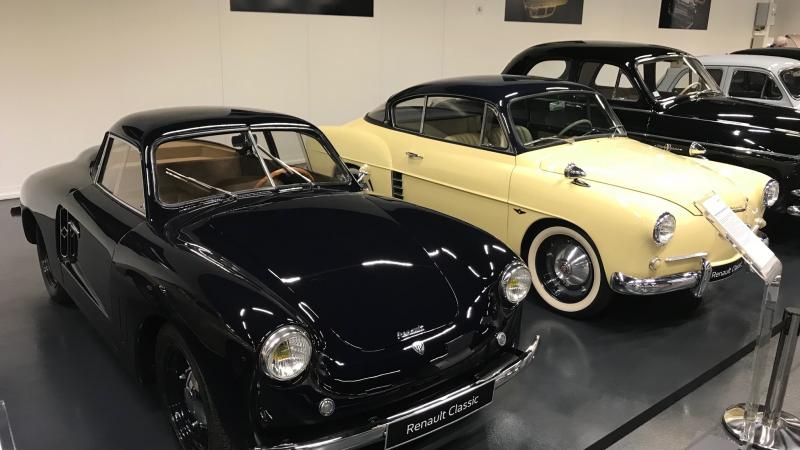 © Greg MacLeman
© Greg MacLeman -
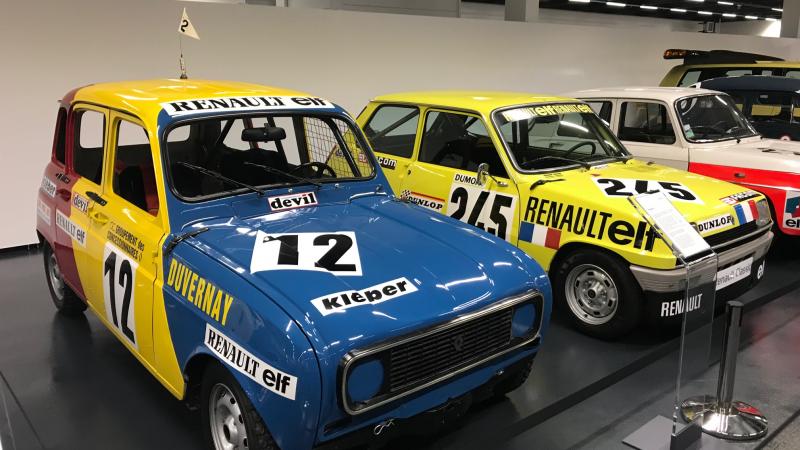 © Greg MacLeman
© Greg MacLeman -
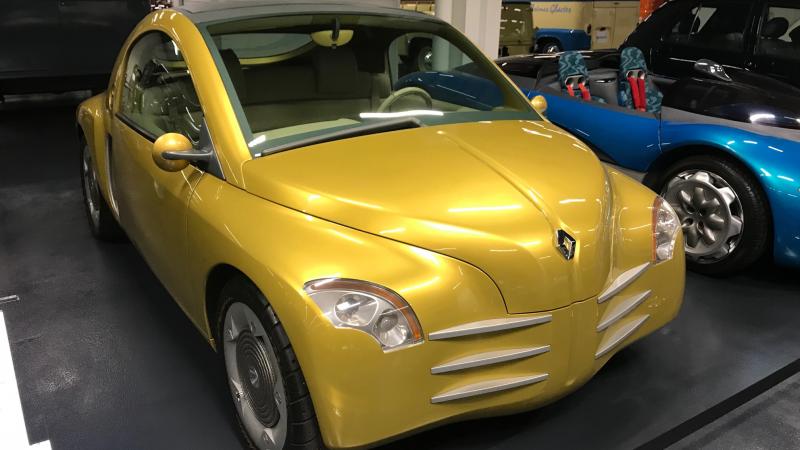 © Greg MacLeman
© Greg MacLeman -
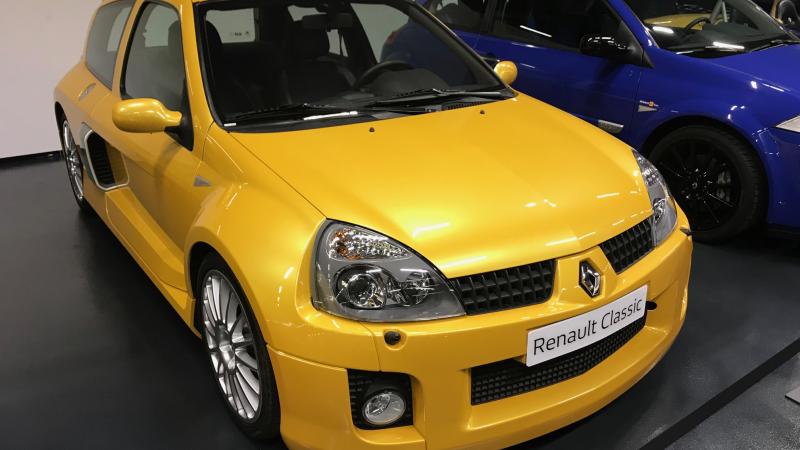 © Greg MacLeman
© Greg MacLeman
-
It's closed to the public, but we've been inside
You may not know it, but French manufacturer Renault boasts one of the largest heritage collections in Europe – some 750 automobiles spanning the firm’s 120-year history, and nearly all of them in running condition.
Now, a selection of the most spectacular cars from the collection have been gathered in an all-new gallery at the company’s Flins factory, just outside of Paris, nicknamed ‘Le Garage’.
Despite being closed to the public, Classic & Sports Car was allowed to roam the corridors to bring you an inside look at the most exciting and historically significant automobiles Renault has to offer.
-
1924 Renault Type MH
In Renault’s early years, there was a strong demand from the public to explore France’s African colonies, and both Renault and rival Citroën created cars for that express purpose.
While Citroën’s effort took the form of a halftrack, Renault’s Type MH utilised twin wheels on three axles. The model successfully traversed the Sahara Desert, followed by a crossing of the entire continent.
-
1959 Renault Project 900
Company chief Louis Renault was acutely aware of the changing role of the automobile and, along with Mini designer Alec Issigonis, quickly realised that internal volume was the way forward.
This bonkers design from the late 1950s proved too wild to enter production, but was arguably the precursor to the hugely successful Espace.
It came in two versions: one with a rear screen that tilted up to allow access to the internal boot, and another with rear seats that folded forward to the same effect.
-
1994 Renault Espace F1
Thought the archetypal French people carrier was boring? Think again. Following the company’s success in the 1994 Formula 1 season, Renault teamed up with Matra to create perhaps the most exciting MPV the world has ever seen.
Powered by the 1992 Formula One World Driver’s Championship-winning Williams FW14’s V10 engine, the one-of-a-kind creation was capable of a top speed in excess of 300kph.
-
1985 Renault 5 Maxi Turbo
Renault could be credited with inventing an entirely new class of car when it brought out the 5 in 1978, but we get most excited about the lairy GT Turbo variant.
The Maxi Turbo was the final evolution of the theme and packed enough punch – some 350bhp – to stand up to the all-wheel-drive competition that had emerged in the 1980s, scooping wins at the Tour de Corse and Tour de France at the hands of Jean Ragnotti.
-
1934 Renault Nervasport
In 1934, Louis Renault ordered a standard Nervasport engine and chassis to be taken from the production line and clothed in stunning streamlined Monoposto bodywork.
The resulting machine was taken to Montlhéry where, after more than 48 hours of near non-stop driving, the four drivers had broken nine international records and three world records. They had covered a scarcely believable 8037km.
-
1953 Vernet Pairard
The ubiquity of Renault’s 4CV bred a raft of spinoff models based on the diminutive car’s engine and running gear, perhaps the most famous of which were created by Jean Redele at Alpine.
Parisien industrialist Jean Pairard and mechanic Just-Emile Vernet also borrowed from Renault’s parts bin, designing a small competition car around a lightweight tubular chassis. The
car was campaigned with some success at Le Mans and Montlhéry, after which a more harmonious body was created by Jean Antem.
-
1981 Renault 4
Motorsport is an expensive business, but Renault’s venerable 4 gave grassroots enthusiasts the opportunity to compete without breaking the bank.
‘Coupe de France Renault Cross Elf’ called for stock Renault 4s with standard engines, though a Devil exhaust could be fitted. This car is a replica of Michel Duvernay’s 1981 race winner, built by Renault Classic.
-
1996 Renault Fiftie
Long before the BMW Mini or revamped Fiat 500 hit the market, Renault unveiled the futuristic – yet decidedly retro – Fiftie at the 1996 Geneva Motor Show.
It didn’t enter production, but it did hint at the future, showcasing the drivetrain for the new Twingo and featuring a carbonfibre body and aluminium chassis inspired by the Sport Spider.
-
2003 Renault Sport Clio V6
Occasionally a car comes along that makes no financial or practical sense, and as a result is utterly brilliant.
The Clio V6 is that car. It has no rear seats due to the mid-mounted 3-litre V6, isn’t a great deal quicker than the cheaper 172, and has the turning circle of an ocean liner, but put any petrolhead behind the wheel and they'll be in their element.
